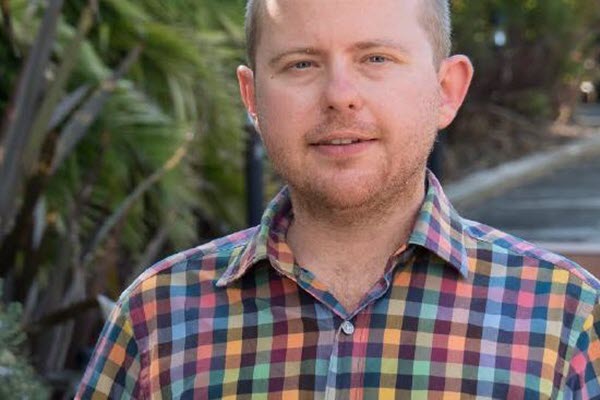We know and accept that certain therapies for mental illness may carry side effects; particularly heavy medication which can make people gain weight or be associated with heart disease and diabetes, or electro-convulsive therapy (where a small electric current is passed through the brain to induce a small seizure) which may cause memory loss.
Nevertheless, there is in mental health treatment an increasing use of a therapy called trans-cranial magnetic stimulation, or TMS. TMS is medication-free and has a much lower side-effect profile than many other treatments.
TMS – developed in 1980 – involves a coil that is placed around the head to create a changing magnetic field. This magnetic field induces a weak electric current at a small part of the brain. It is important that these pulses are repeated at regular intervals for the technology to work. The right pattern of electric pulses can change brain function and be used to treat neurological and psychiatric disorders. A session of rTMS can last 30 to 60 minutes; only part of that time is TMS being applied and the rest of the time is used for set-up.
The advantage of this therapy is that, while some side-effects can occur, the treatment is essentially non-invasive and side-effects tend to be muted. Indeed, a person can be entirely conscious and comfortable during the treatment. Some people report that the treatment can feel like tapping on the head or little tingly shocks or muscle twitches. The benefits of TMS can be, but are not always, long-lasting.
So, what states of mental distress or illness can TMS be used for?
TMS is primarily used for treatment-resistant major depression, where it provides a welcome alternative to electro-convulsive therapy. It has been used with some success to treat migraine. TMS has also been approved by the US Food and Drug Administration for obsessive-compulsive disorder and for pre-procedural planning for surgery on the primary motor context.
In the European Economic Area TMS has administrative approval to be used to treat Alzheimer's disease, autism, bipolar disorder, epilepsy, chronic pain, Parkinson's disease, posttraumatic stress disorder, and to aid smoking cessation. It may also be effective for multiple sclerosis, to treat the negative symptoms of schizophrenia and traumatic brain injury.
What are the downsides?
Compared to ECT or heavy medication like clozapine, TMS generally has very rare side effects. It has been known on occasion to cause fainting or seizure, and may interact with pacemakers or defibrillators.
Where can I find more information?
There is quite a lot of information about TMS on the internet. If you are looking for a place to start, I would recommend one of the following:
Here is a blog from Harvard Health Publishing: https://www.health.harvard.edu/blog/transcranial-magnetic-stimulation-for-depression-2018022313335
Here is a short article from the journal Psychiatry and Behavioural Science: https://www.hopkinsmedicine.org/psychiatry/specialty_areas/brain_stimulation/tms/
Here is a more academic article from the journal The Lancet: https://citeseerx.ist.psu.edu/viewdoc/download?doi=10.1.1.468.6022&rep=rep1&type=pdf
Dr. Richard Schweizer, Policy Officer at One Door Mental Health richard.schweizer@onedoor.org.au.
To receive new blogs from Dr. Richard Schweizer subscribe to our eNews.
